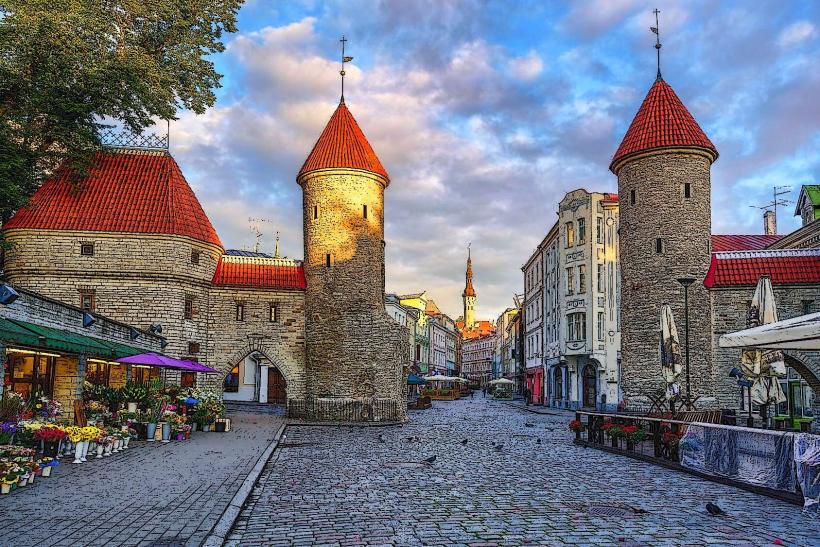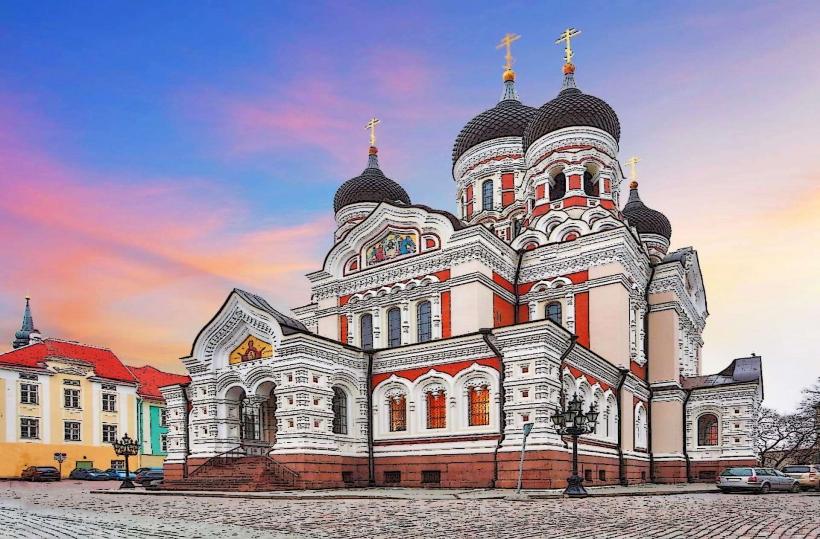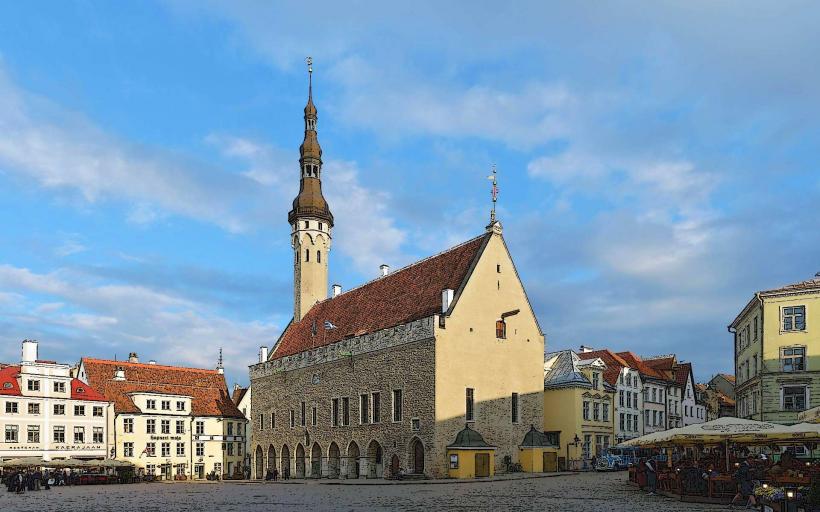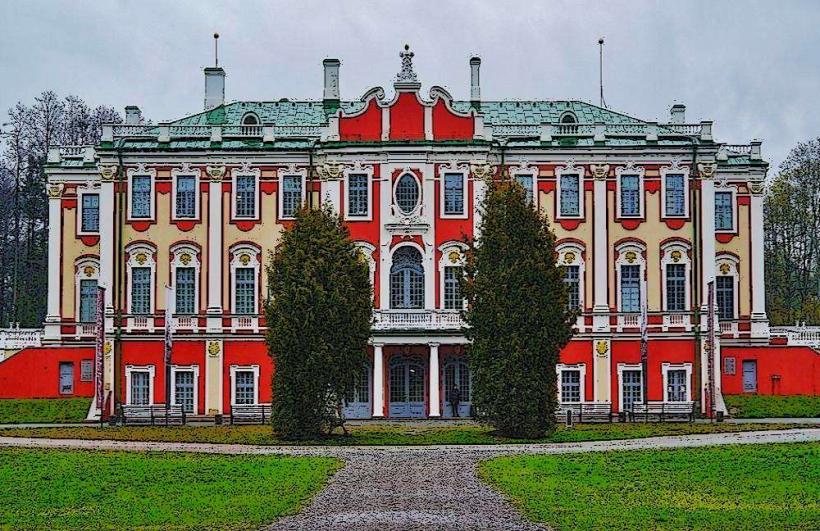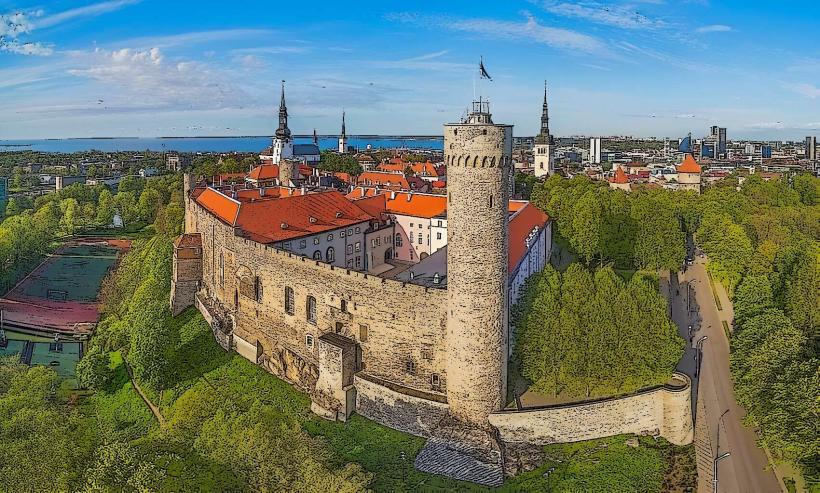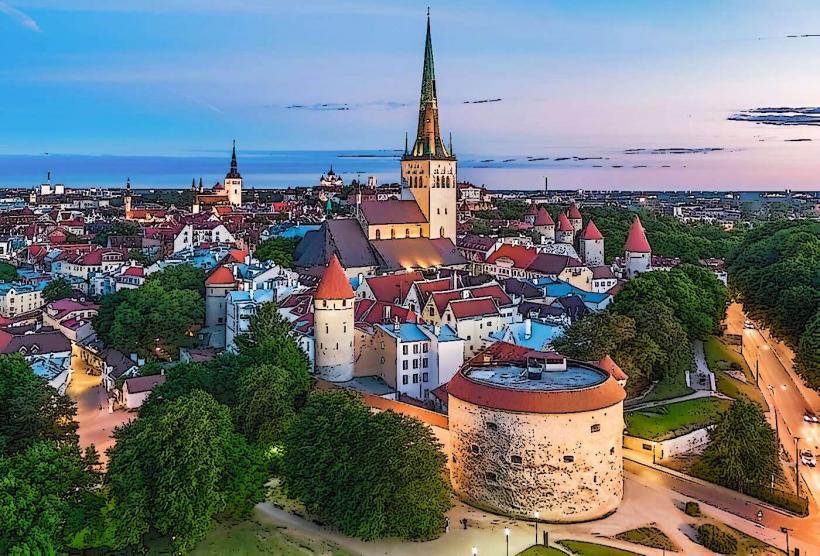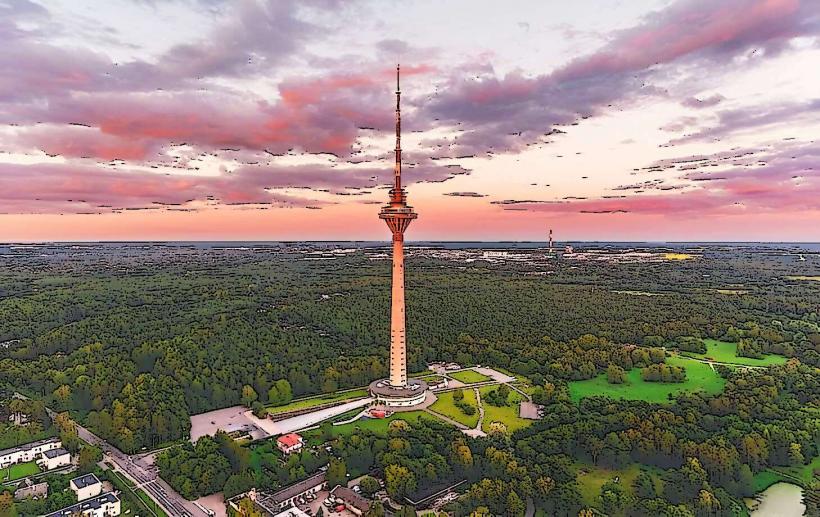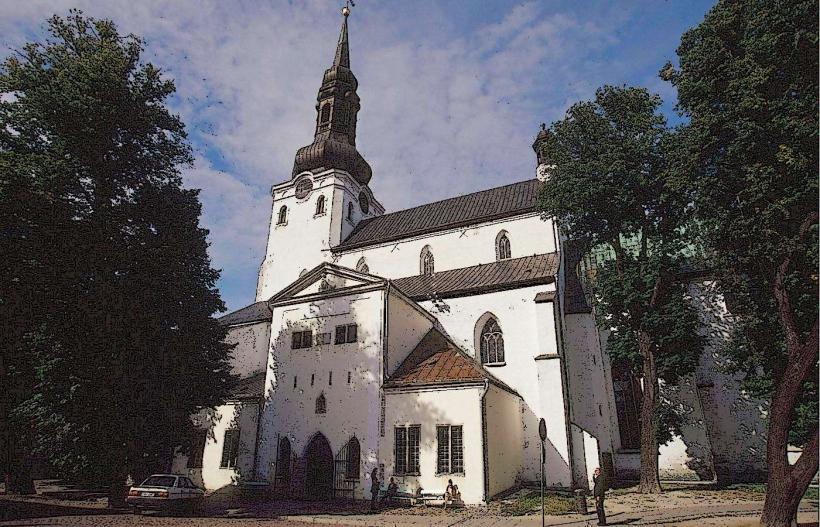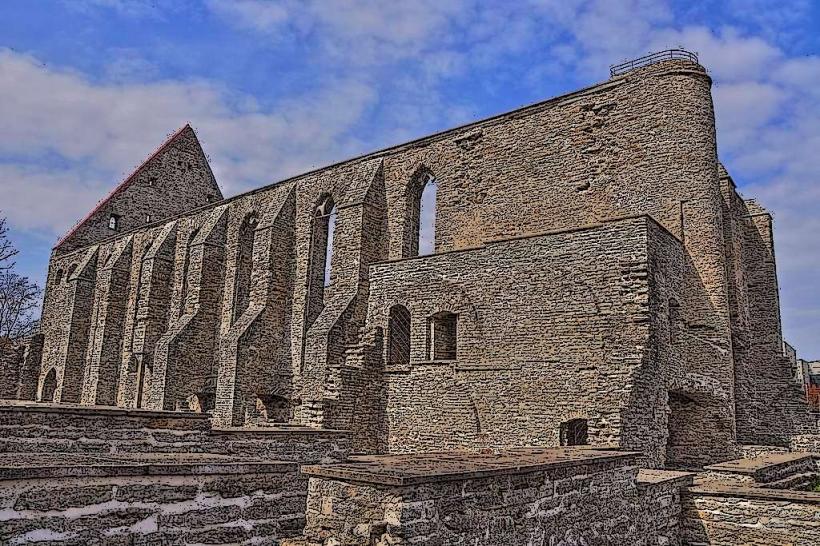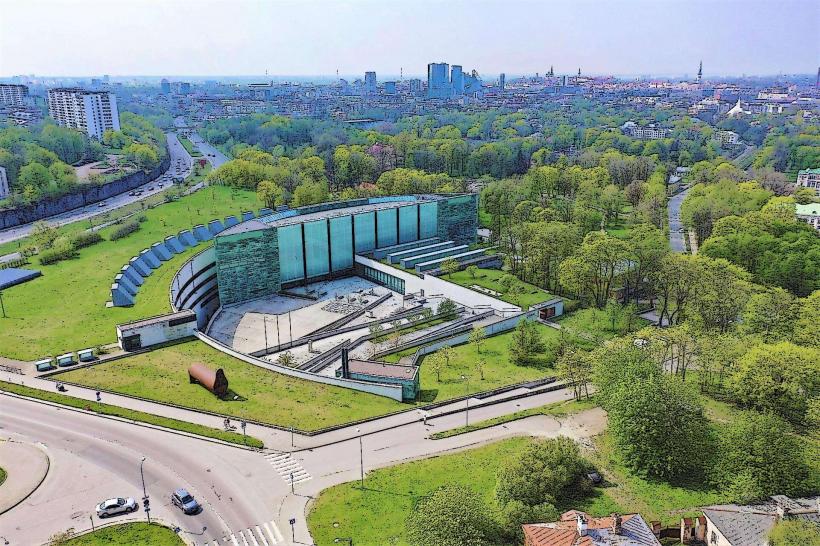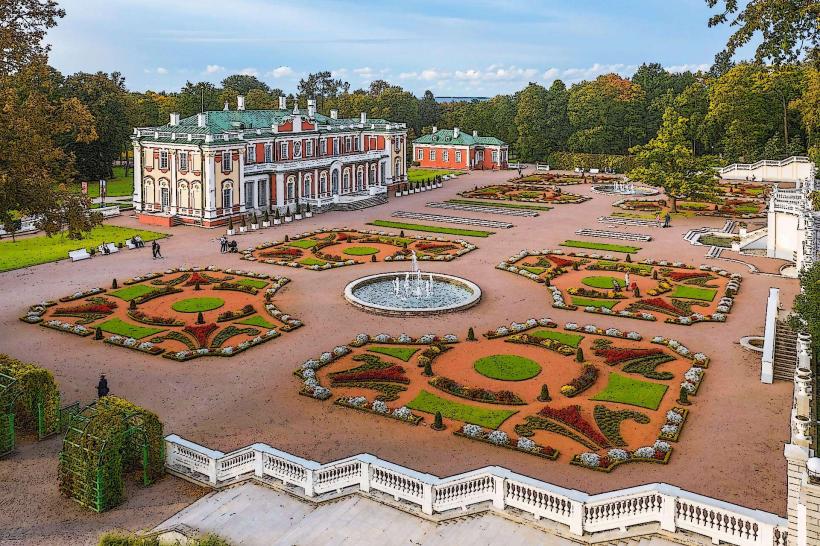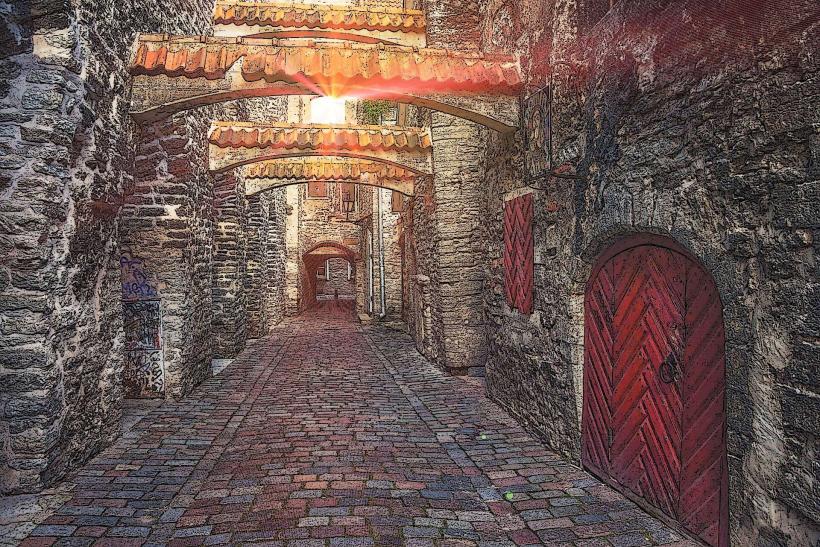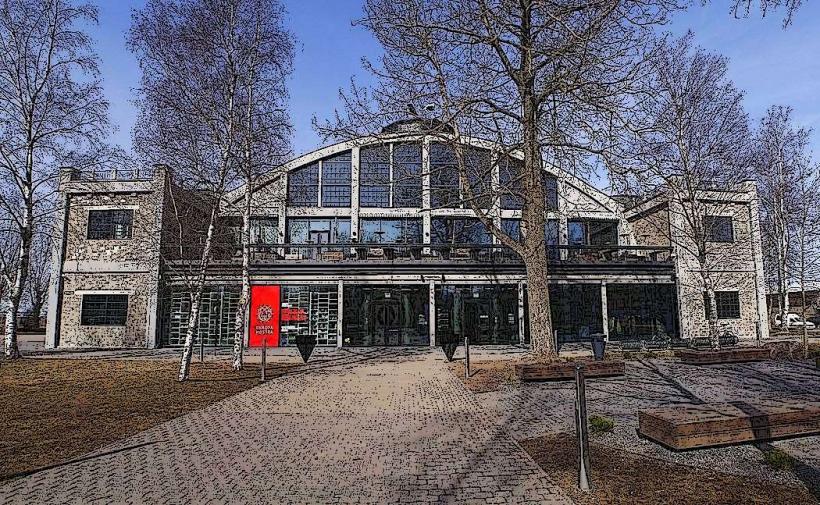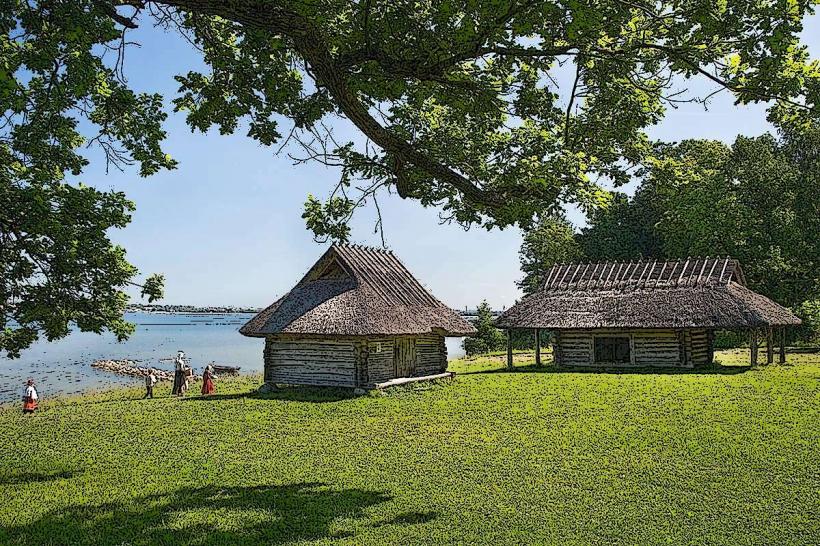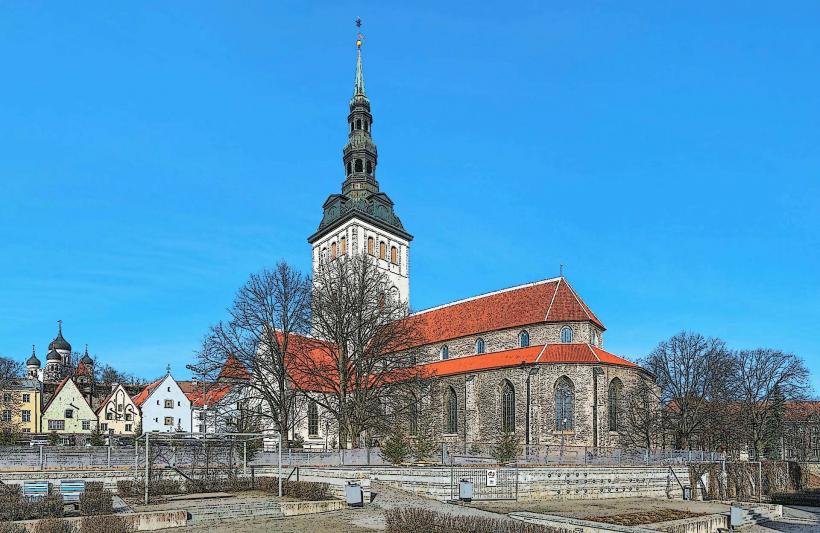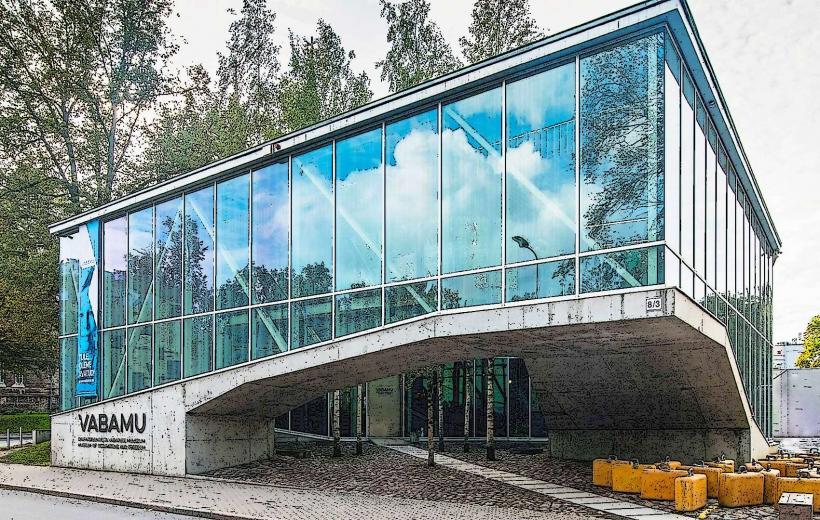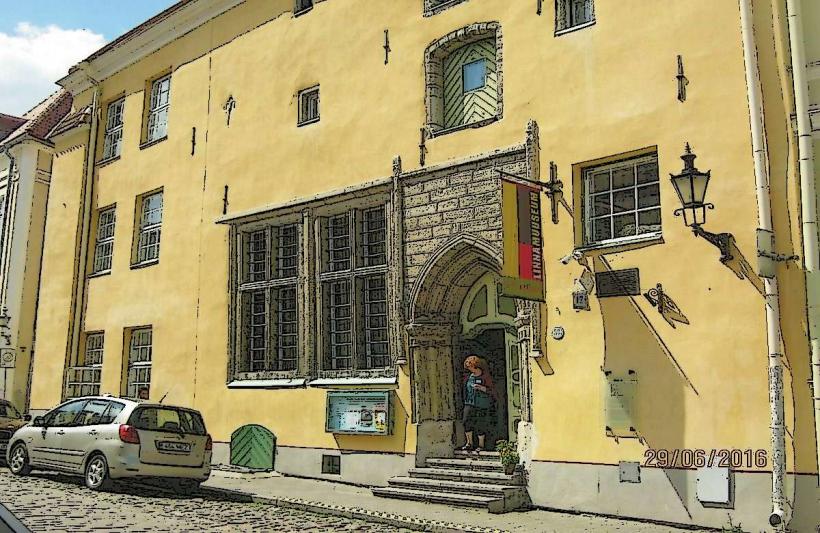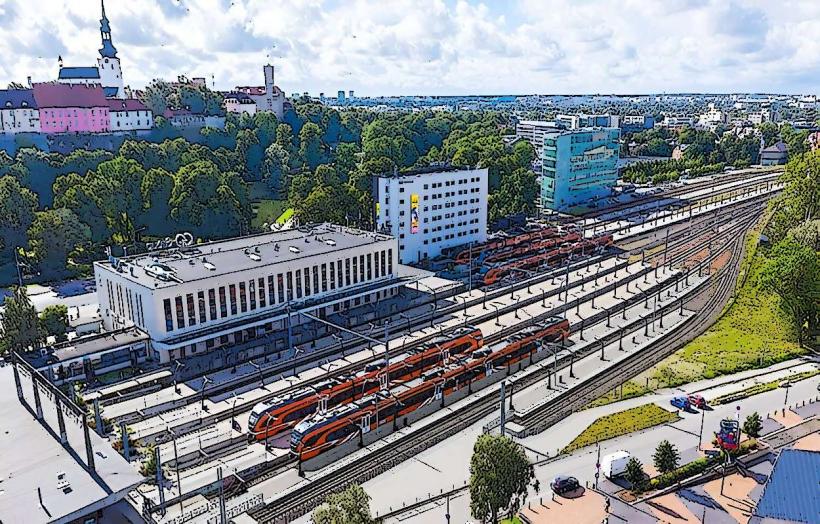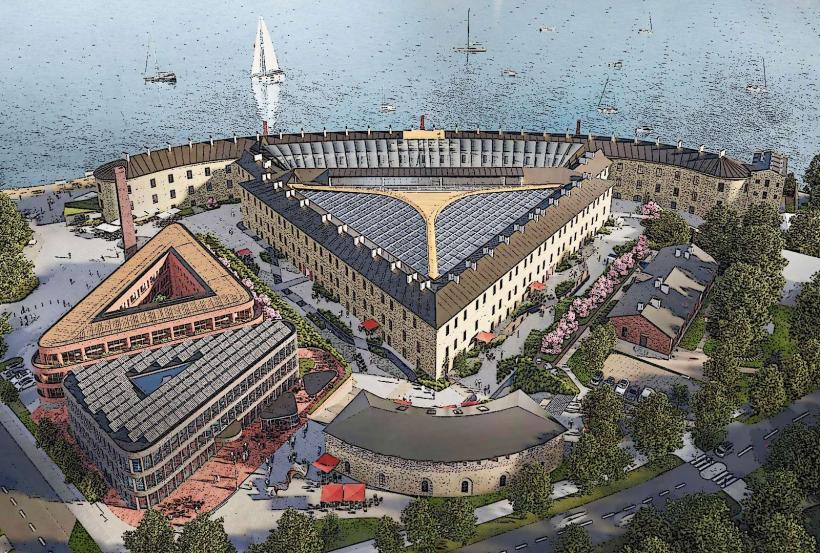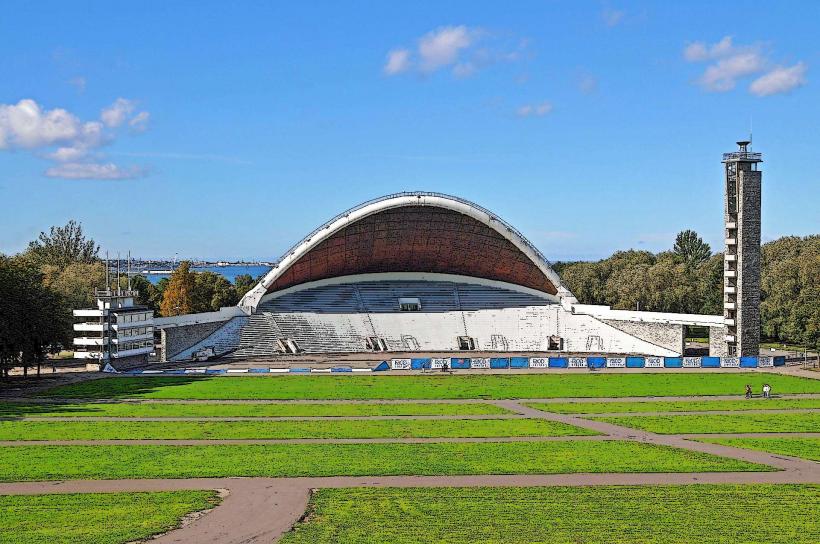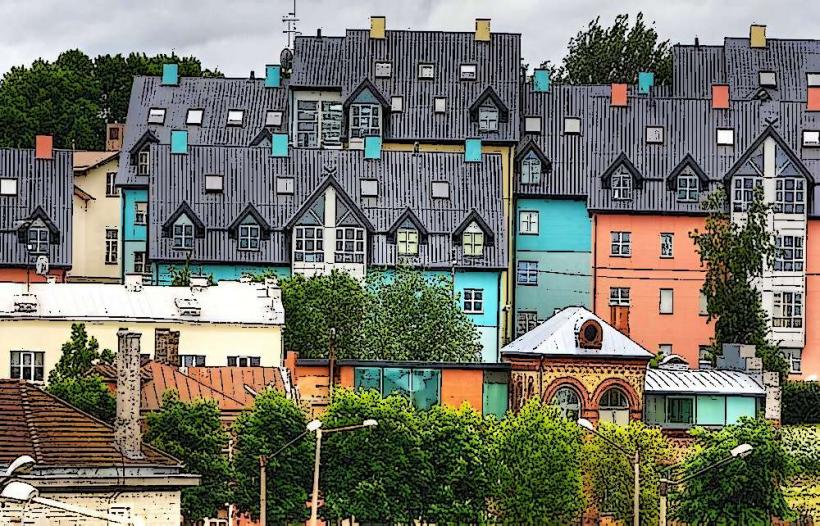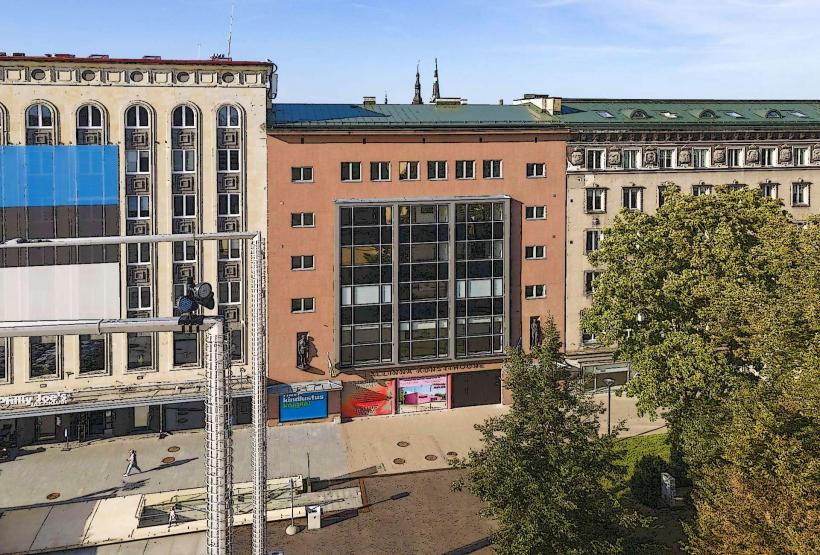Information
Landmark: LinnahallCity: Tallinn
Country: Estonia
Continent: Europe
Linnahall is a monumental and somewhat iconic building located near the Tallinn waterfront in the Old Town of Tallinn, Estonia. Originally constructed as a concert hall and sports arena, it stands as a remnant of Estonia's Soviet era and has since become a symbol of Tallinn’s post-Soviet architectural heritage. While the structure is currently in a state of neglect, it remains a subject of fascination for both locals and visitors due to its history, design, and location. Here's a detailed overview of Linnahall:
Historical Background
Construction and Purpose:
- Linnahall, or the Tallinn Song Festival Hall, was built between 1980 and 1983 as a venue for the 1980 Summer Olympics, which were held in Moscow. Tallinn was one of the host cities for the sailing competitions, and the hall was intended to serve as a multi-purpose venue for the games.
- The building was designed to host a variety of events, including concerts, sports events, and cultural performances. It was initially called the Tallinn Sports and Concert Hall and was one of the largest and most impressive buildings in the city at the time, showcasing the grandiose and brutalist architectural style favored by the Soviet regime.
Architectural Design:
- The design of Linnahall was created by Vladimir Zukov and Aleksei Pukinel, two Soviet architects. The building is a striking example of brutalist architecture, a style characterized by raw concrete, geometric forms, and monolithic structures.
- The structure consists of a large arena for sports events and concerts, a roof terrace with stunning views of the Tallinn Bay, and various other facilities. The building’s imposing concrete façade, with its wide stairs and terraces, was designed to make a statement and serve as a monumental venue for large events.
- Linnahall’s design was intended to be a symbol of Soviet power and prestige, showcasing the capability of the Soviet Union to create large-scale, impressive structures.
Use During the Soviet Era:
- During the Soviet era, Linnahall hosted many high-profile cultural events, including concerts by international artists, performances by the Kirov Ballet, and events related to the Olympics. It was also used for sports such as ice hockey and wrestling.
- The hall was one of the key cultural venues in Tallinn and was a symbol of the Soviet regime’s investment in major cultural infrastructure. Despite its association with the Soviet period, the building became an integral part of Tallinn’s public life during that time.
Post-Soviet Era and Decline
Decline After Independence:
- After Estonia regained its independence in 1991, the role of Linnahall started to diminish. The building, once a symbol of Soviet power, became increasingly neglected as Estonia sought to distance itself from its Soviet past and focus on rebuilding and modernizing the city’s infrastructure.
- The hall’s maintenance costs became unsustainable, and by the late 1990s, Linnahall’s operations were scaled back significantly. It closed for public events, and its future remained uncertain for many years.
State of Disrepair:
- In the following decades, Linnahall became a dilapidated structure. Its once grand interior was left to deteriorate, and the exterior fell victim to vandalism and neglect. The building's once-pristine concert hall, terraces, and sports areas were left in a state of disrepair, and the venue became an eyesore for many Tallinn residents.
- Despite its deteriorated state, the structure continued to attract attention from architects, historians, and photographers, who were drawn to its imposing design and symbolic importance.
Current Situation and Future Plans
Efforts for Revitalization:
- In recent years, there have been various discussions and proposals for the renovation and repurposing of Linnahall. The building’s prime location near the sea and the Old Town makes it an attractive site for redevelopment.
- Several proposals have been made to turn the site into a multi-purpose cultural venue, potentially housing concert halls, museums, and other public spaces. However, these plans have faced significant financial and political obstacles, and as of now, the future of the building remains uncertain.
- Some locals have expressed the opinion that the building should be preserved and renovated as a piece of Soviet architectural history, while others argue that the site should be redeveloped for more modern uses, such as housing or commercial spaces.
Debates About Demolition:
- In recent years, there have been debates about whether the building should be demolished to make way for new development. While some see Linnahall as an important historical landmark worth preserving, others view it as an outdated and unsightly relic of the Soviet era.
- Tallinn City Government has explored various options, including keeping the building as part of the city’s heritage while also transforming the surrounding area into a more modern and functional space. The debate continues over how to balance preservation with urban development.
Symbol of Tallinn's Transformation:
- Despite its neglected condition, Linnahall has become a symbol of Tallinn’s transformation. The building represents the city’s history, from Soviet rule to the modern independent Estonian republic. It serves as a reminder of the complex relationship between Tallinn’s past and future, and the debates over its fate reflect broader discussions about urban development, heritage, and identity in post-Soviet countries.
Architectural and Cultural Significance
Soviet Brutalism:
- Linnahall is one of the most significant examples of Soviet brutalist architecture in Estonia. The building’s massive concrete structure, angular forms, and emphasis on functionality over aesthetics make it an iconic piece of Soviet design.
- The building's design also speaks to the Soviet ideology of creating large, impressive public structures that represented the power and grandeur of the state. It contrasts sharply with Tallinn’s historic Old Town, which is known for its medieval architecture.
Cultural Symbolism:
- Linnahall has become a symbol of Tallinn's changing identity. For many, the building is a reminder of the Soviet occupation and the historical period of socialist rule. For others, it represents an era of grandiosity and ambition in the Soviet Union’s architectural projects.
- The building also serves as a reminder of Tallinn’s musical and cultural heritage, having hosted countless concerts and events over the years. It remains a potent symbol of the intersection between culture, politics, and urban development in Tallinn’s history.
Why Visit Linnahall?
Architectural Interest:
- If you’re interested in Soviet architecture or brutalism, Linnahall is an unmissable stop. The building’s sheer scale and imposing design make it a fascinating subject for architecture enthusiasts and photographers.
Historical Significance:
- Linnahall’s history as a Soviet-era structure and its connection to the 1980 Olympics make it an interesting site for those interested in the Cold War and the history of Tallinn under Soviet rule.
Stunning Views:
- The roof terrace of Linnahall offers incredible views of Tallinn Bay, the nearby Old Town, and the surrounding area. It provides a unique perspective of Tallinn’s cityscape and coastline, making it a popular spot for photography.
Urban Exploration:
- For those interested in urban exploration, Linnahall’s deteriorating state adds an element of intrigue. Exploring the decaying interiors of the building offers a glimpse into a forgotten past, and its atmosphere provides a sense of nostalgia for the Soviet era.
Conclusion
Linnahall stands as one of Tallinn’s most fascinating and controversial structures. It’s a product of a bygone era, serving as a physical reminder of the city’s Soviet past. While its future remains uncertain, Linnahall remains a symbol of Tallinn's history and architectural evolution. Whether for its brutalist design, historical significance, or its spectacular views, Linnahall is a unique and poignant landmark that continues to provoke thought and conversation.

